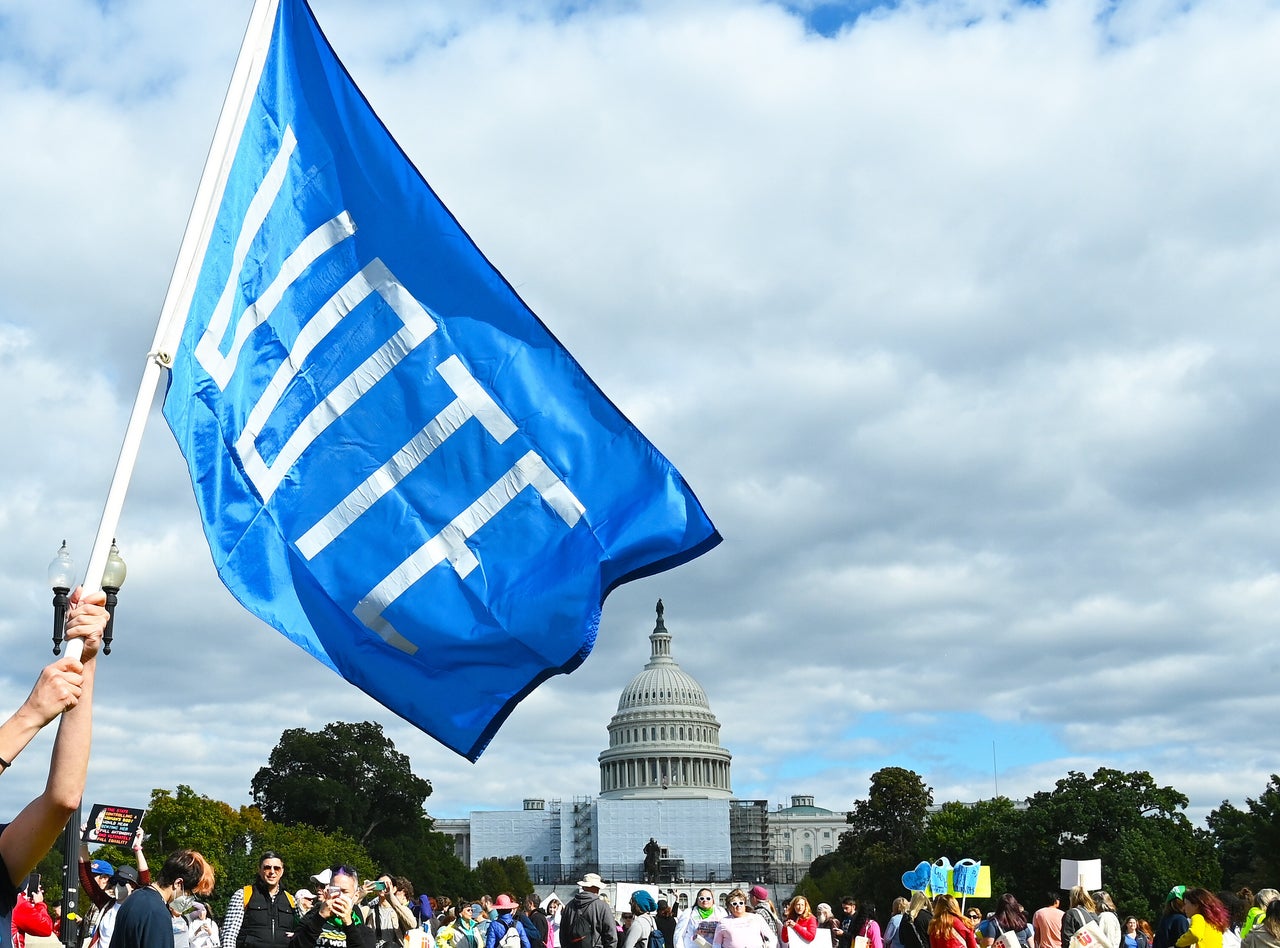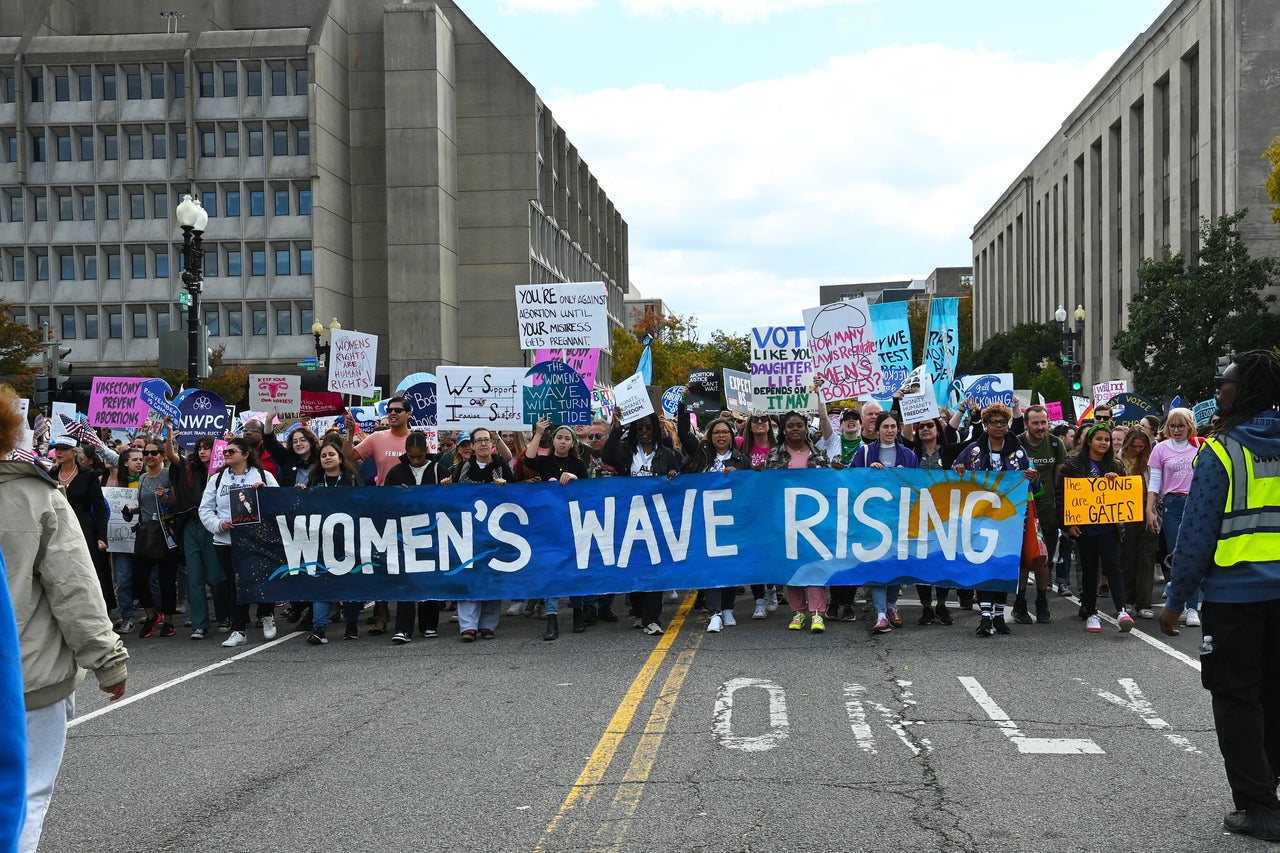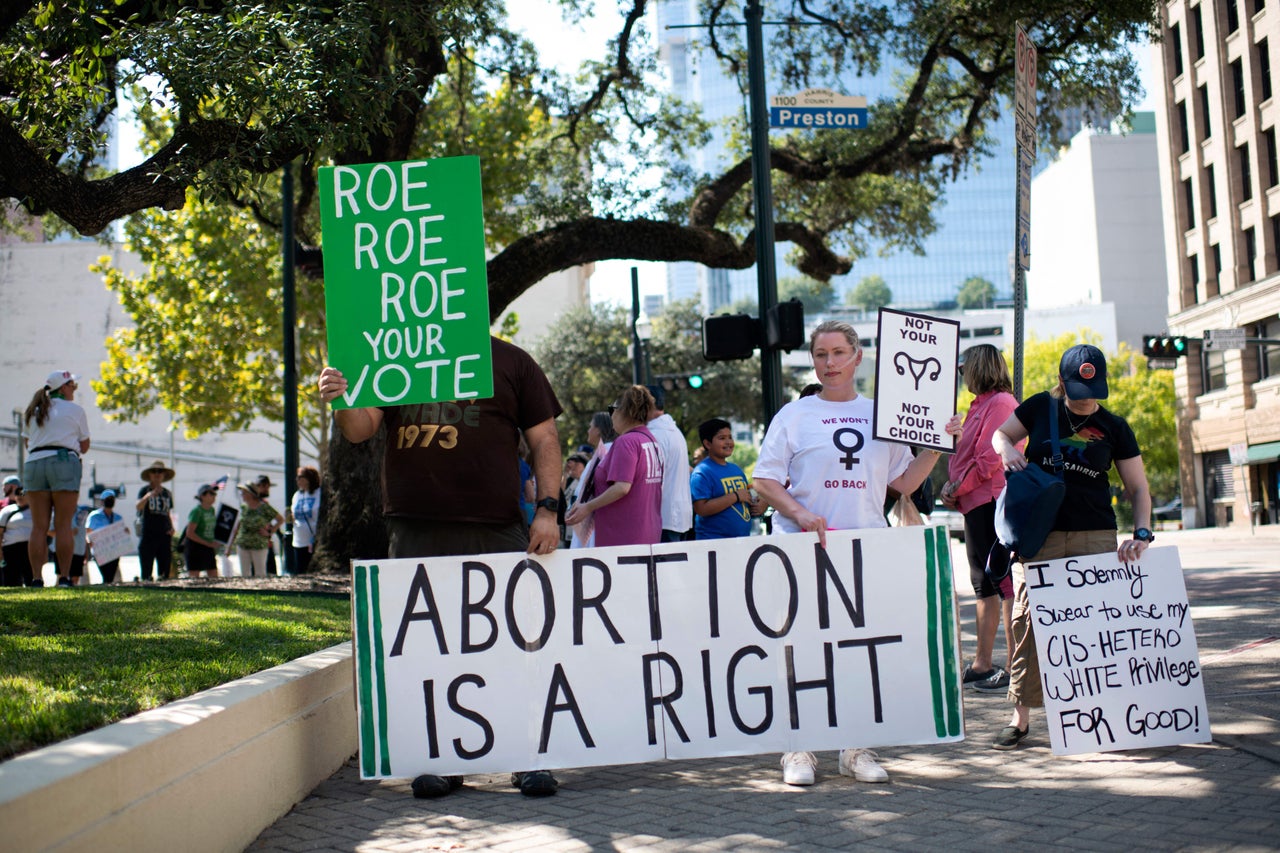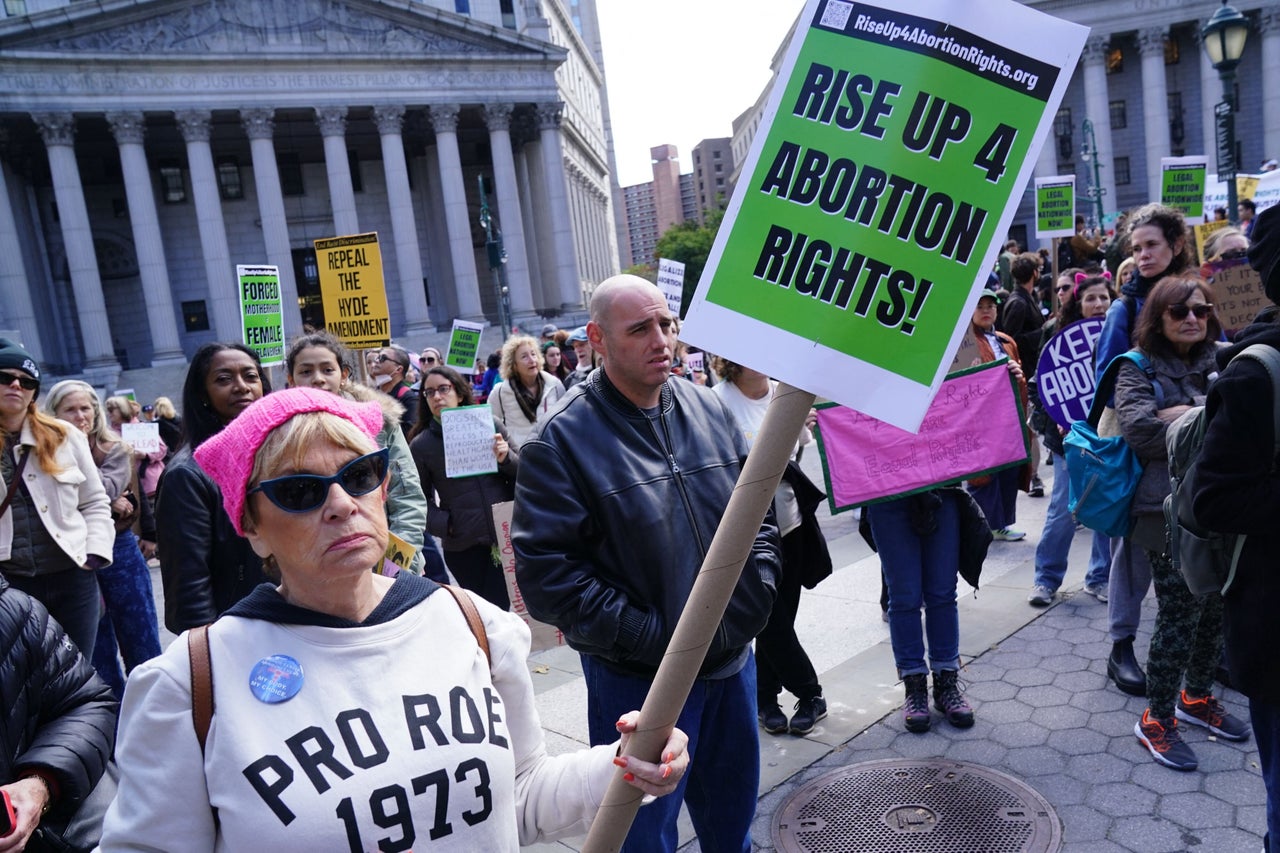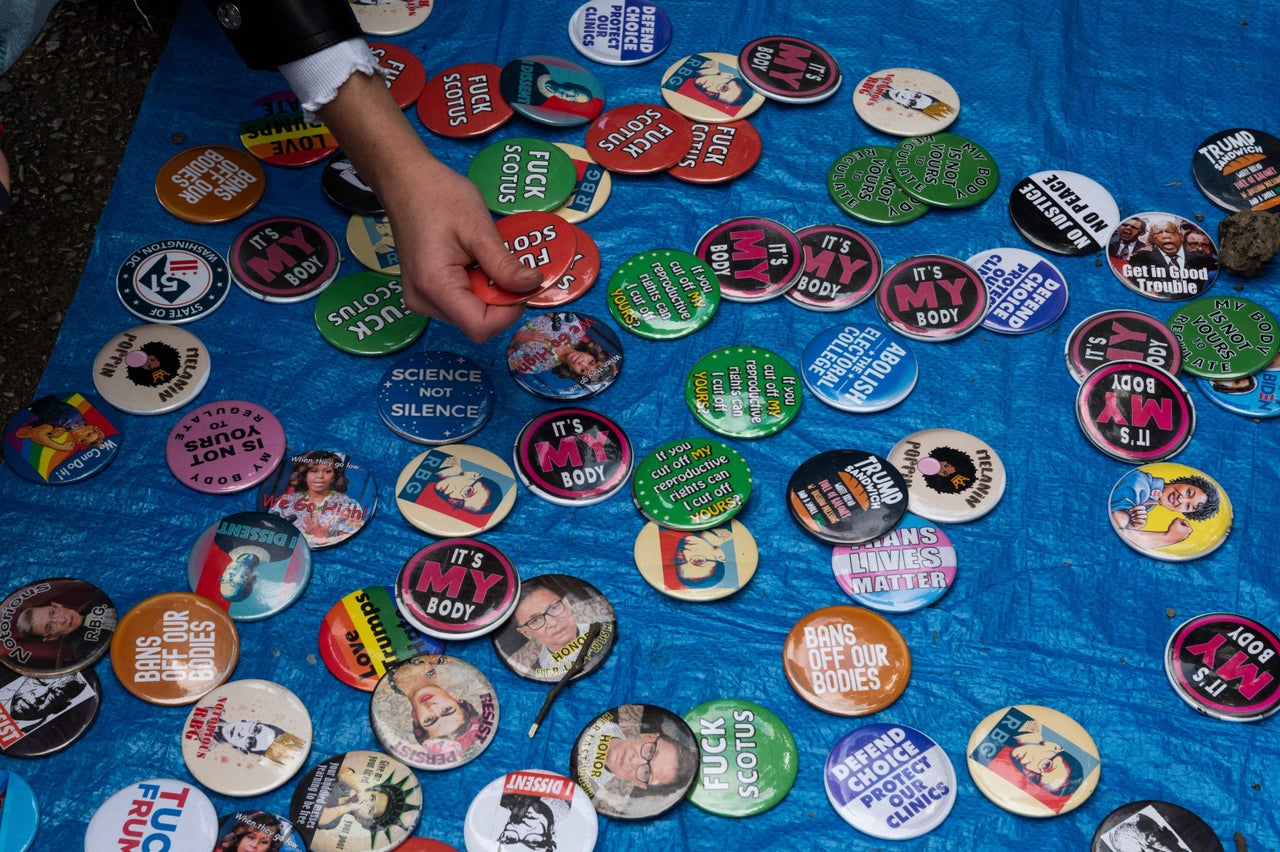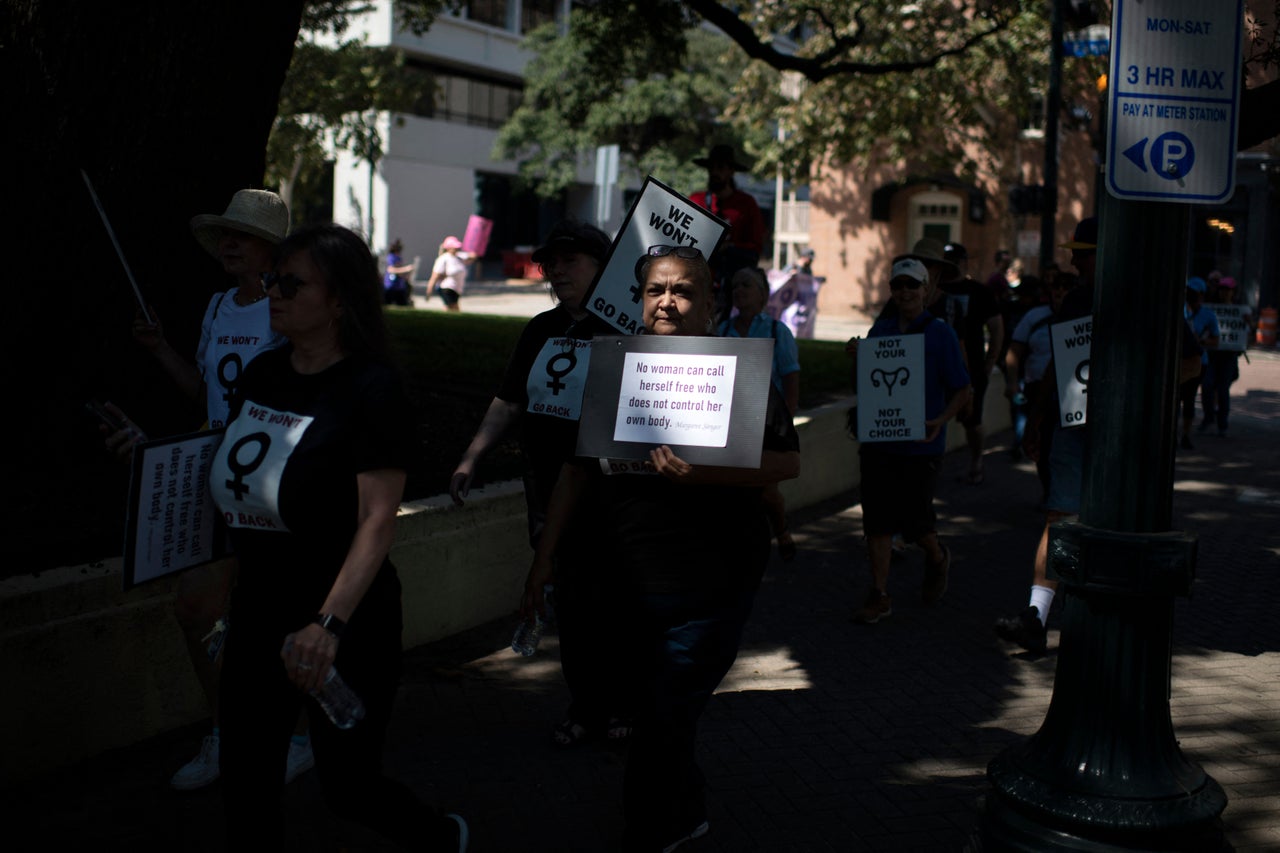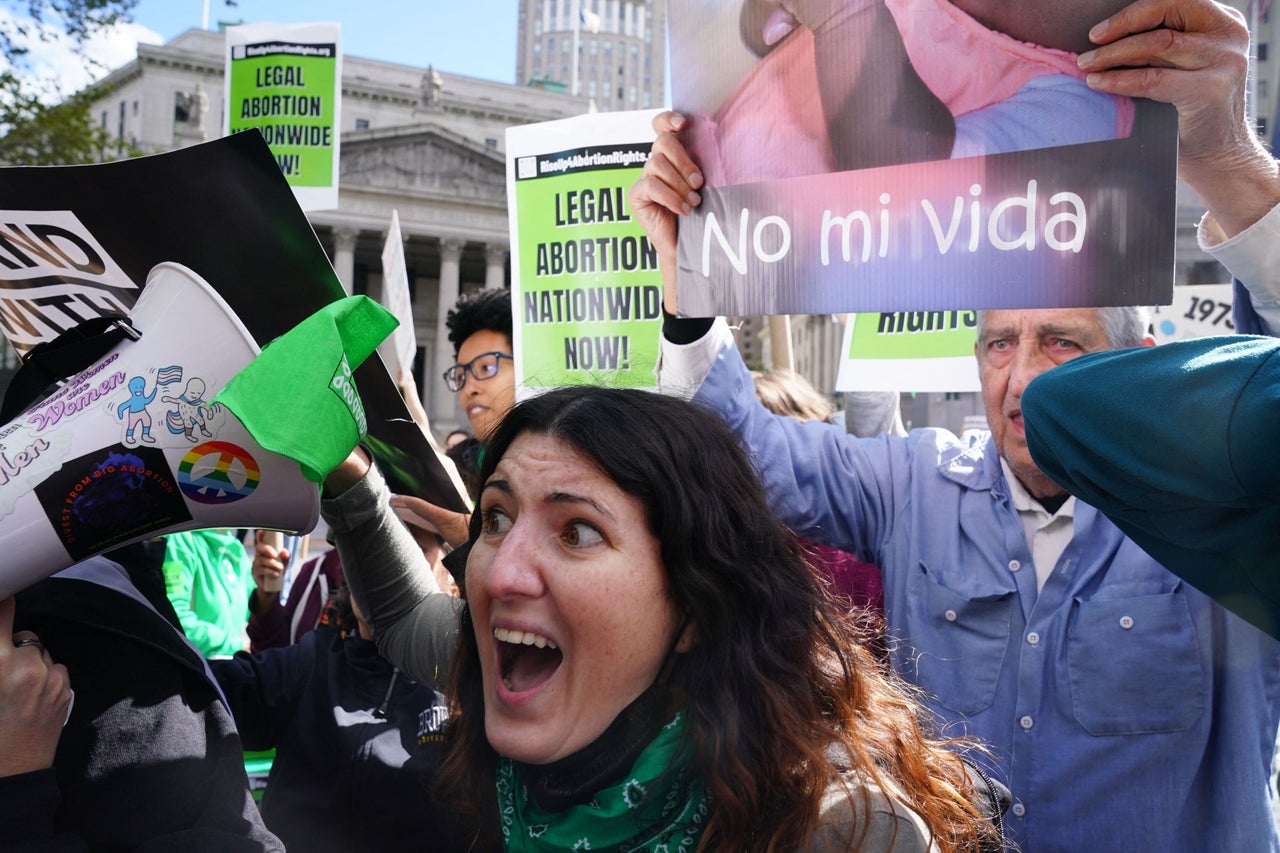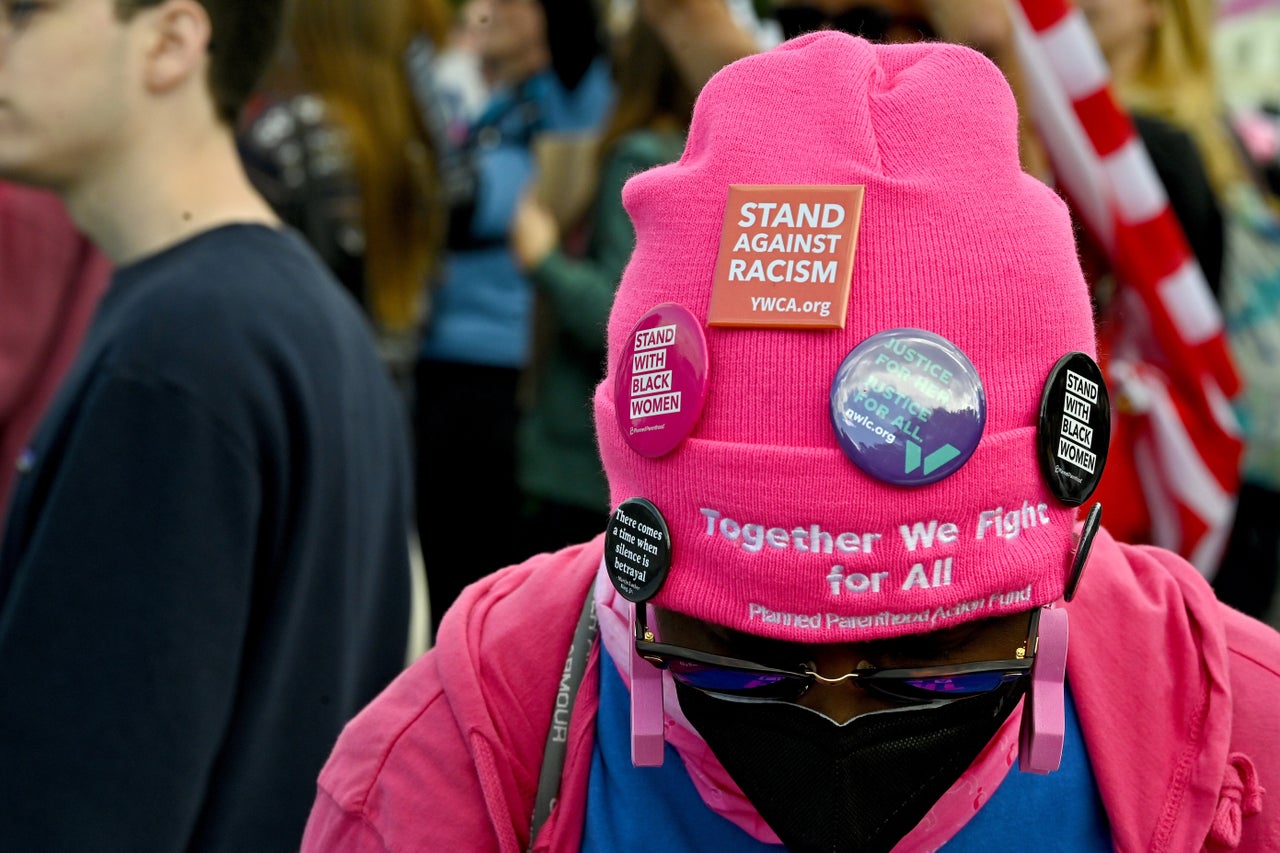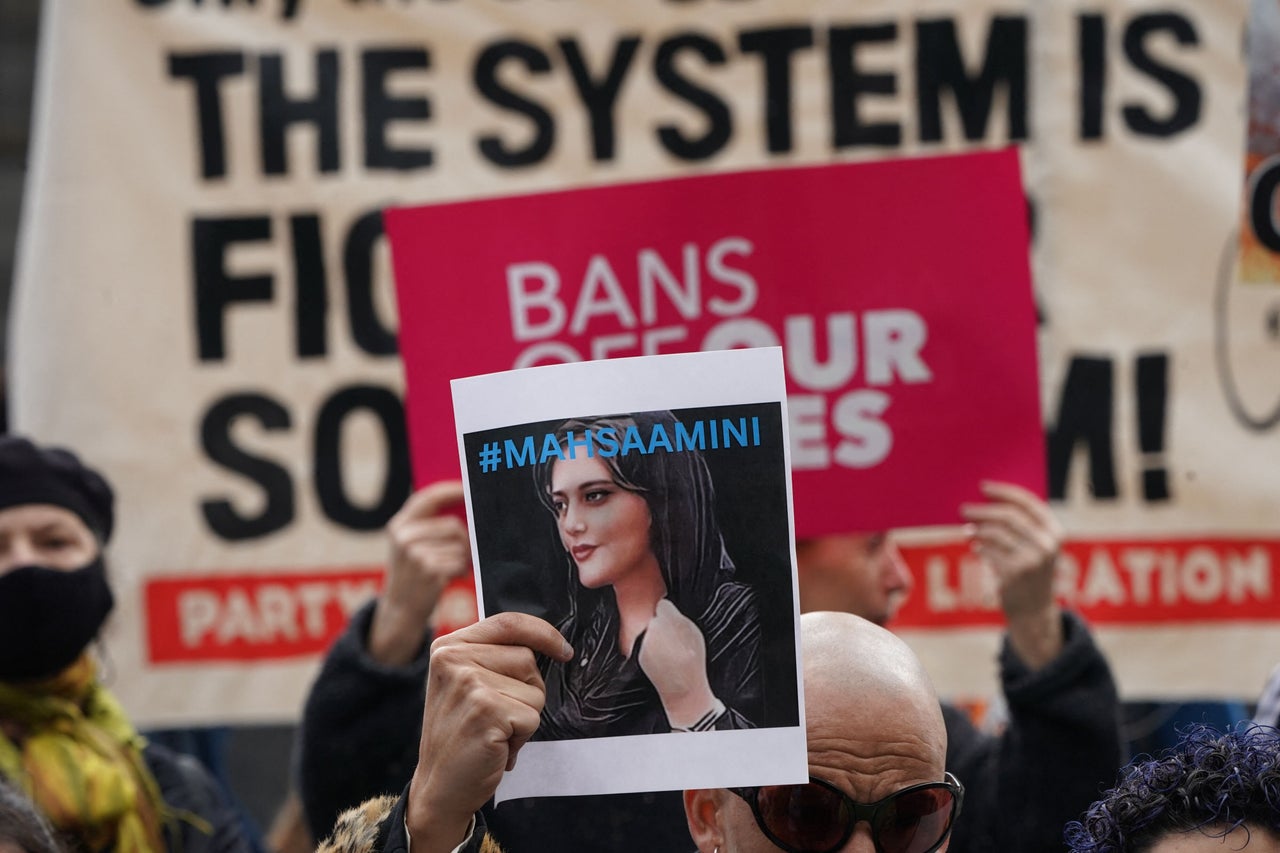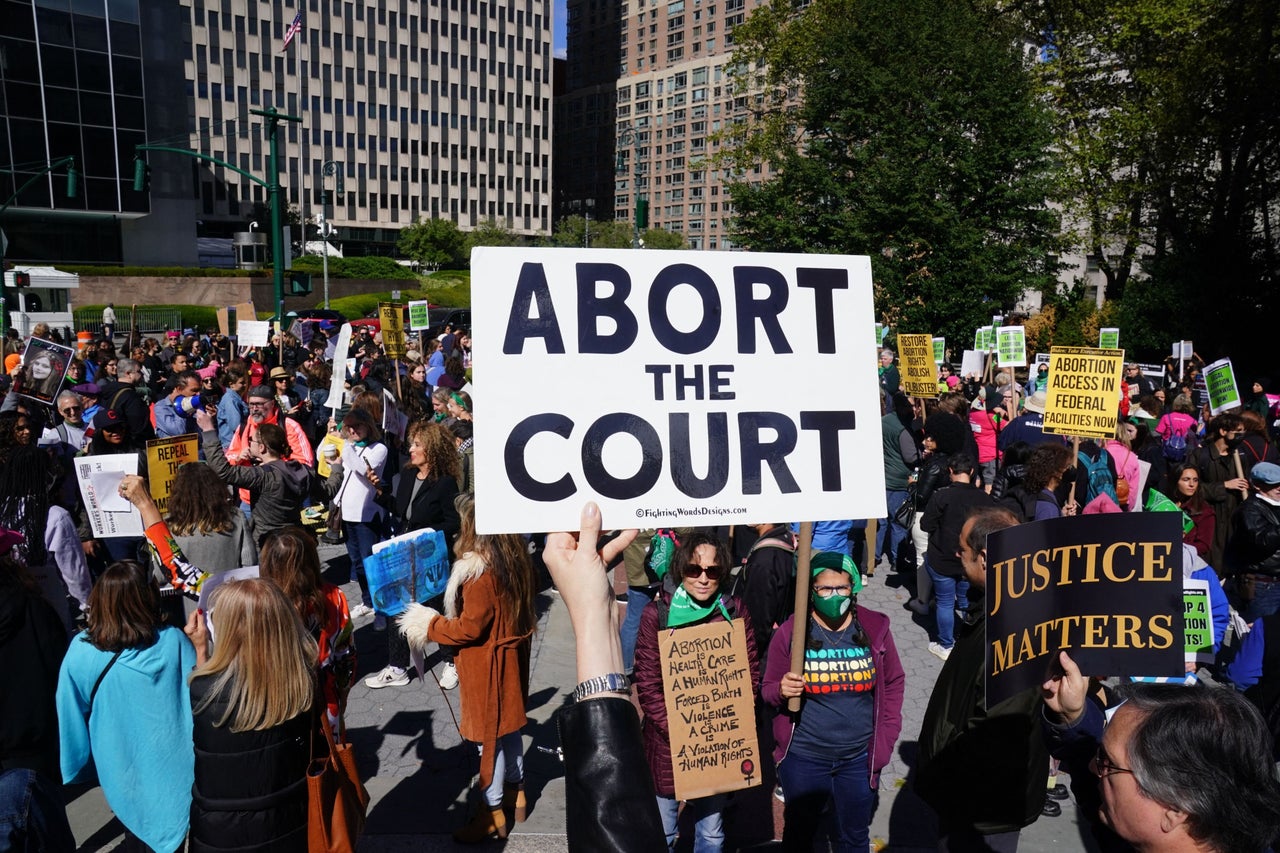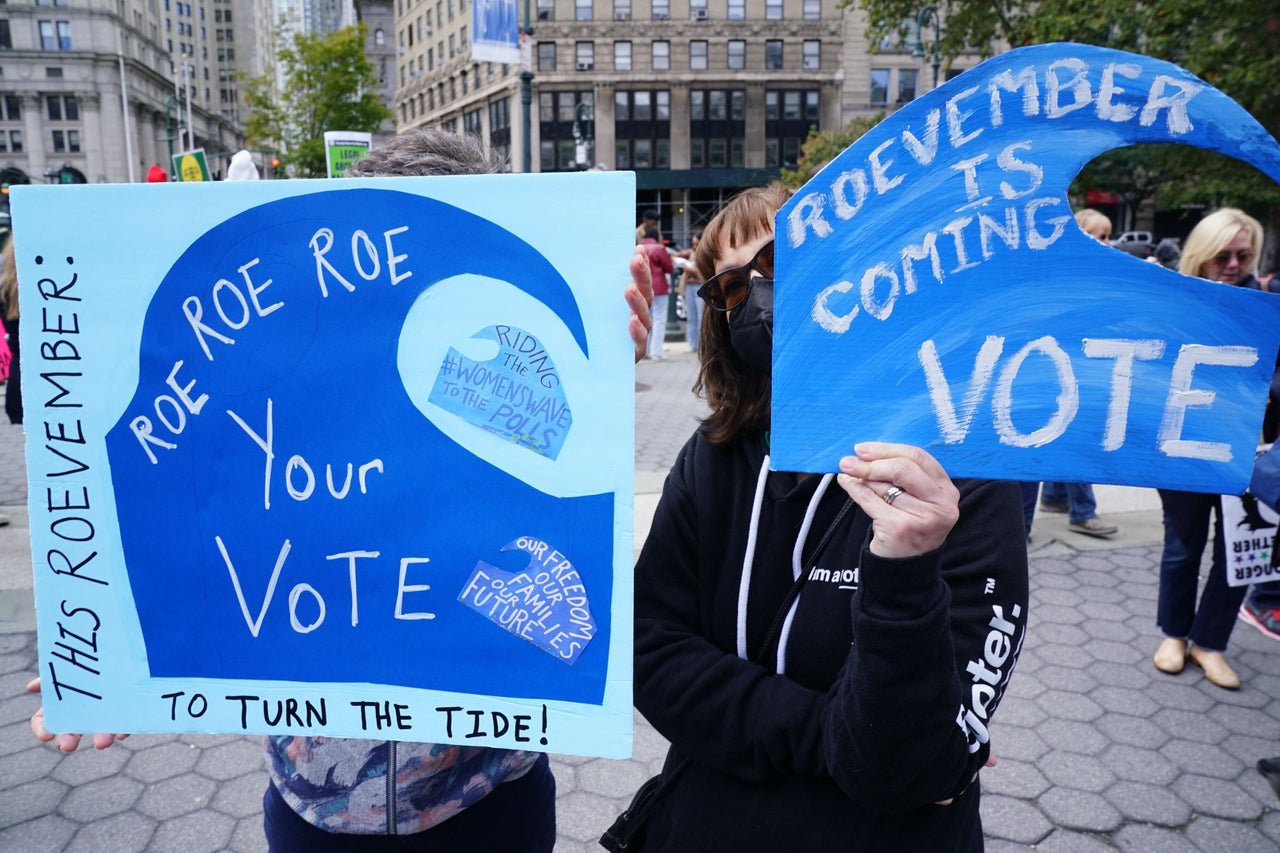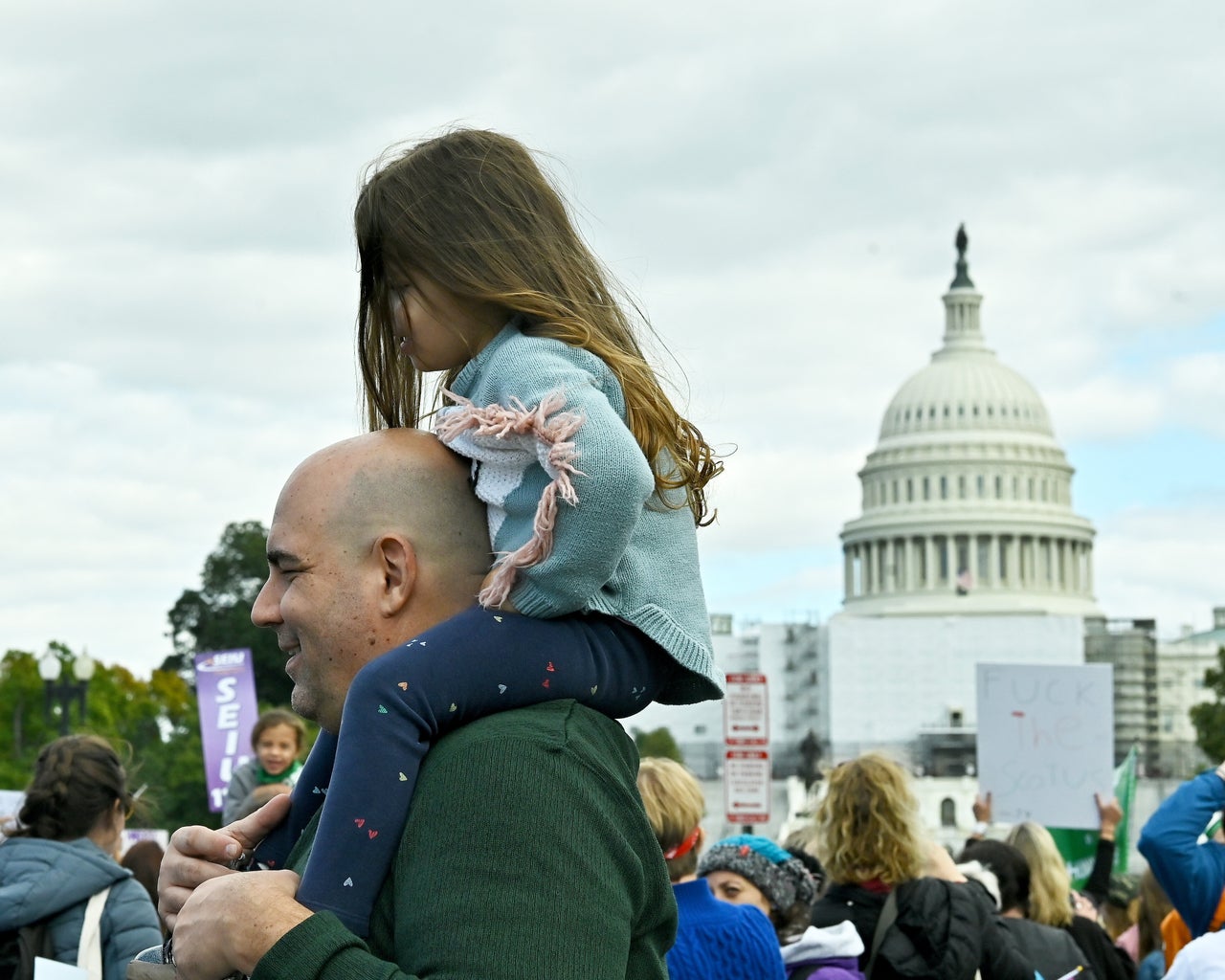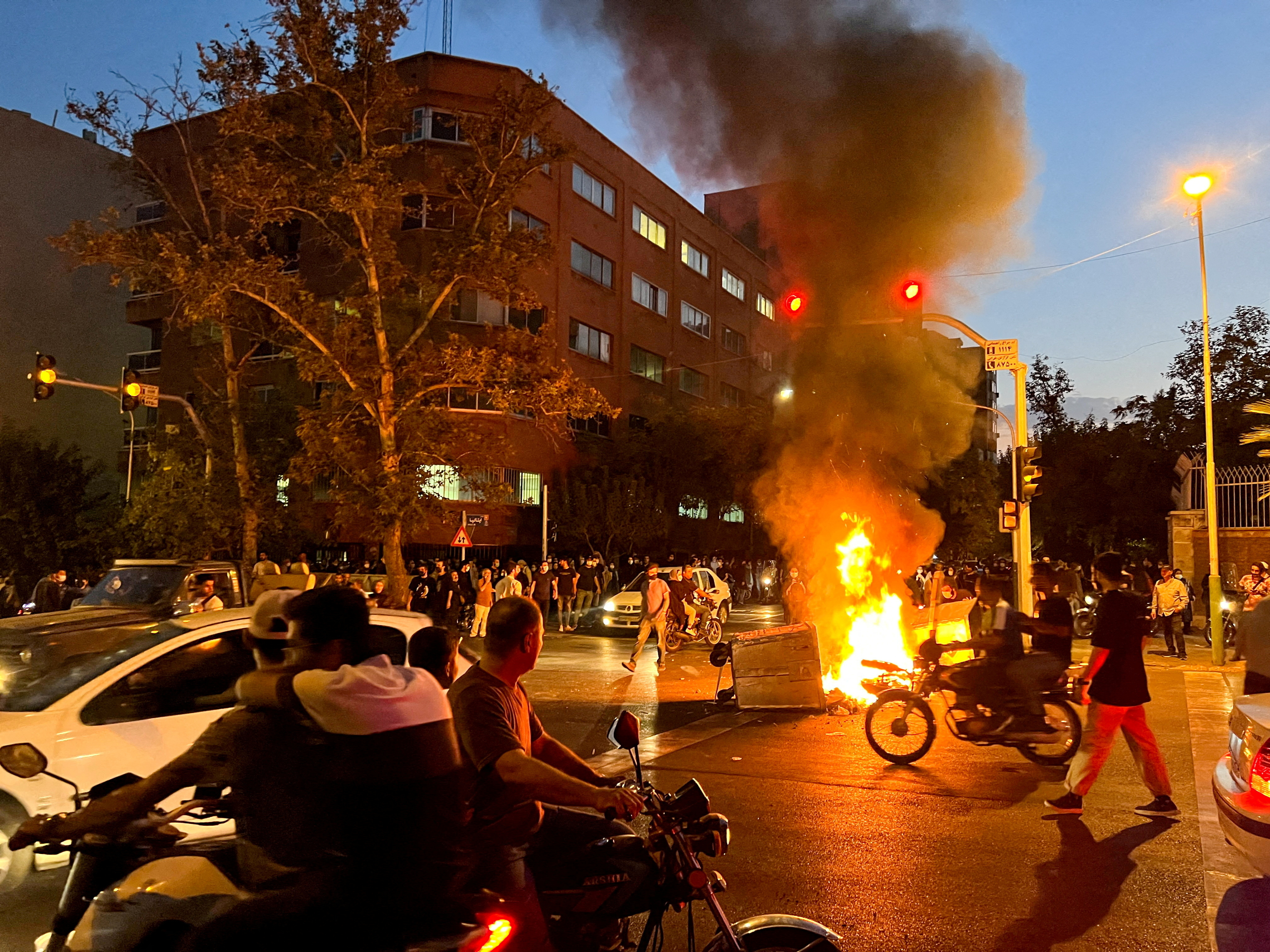Brazil's grassroots football tournament from the slums: More than just a game
In Brazil, the "Taca das Favelas" is one of the most popular sports tournaments around. Held in the Rio de Janeiro slums, it's not just about the game but also unity and respect.
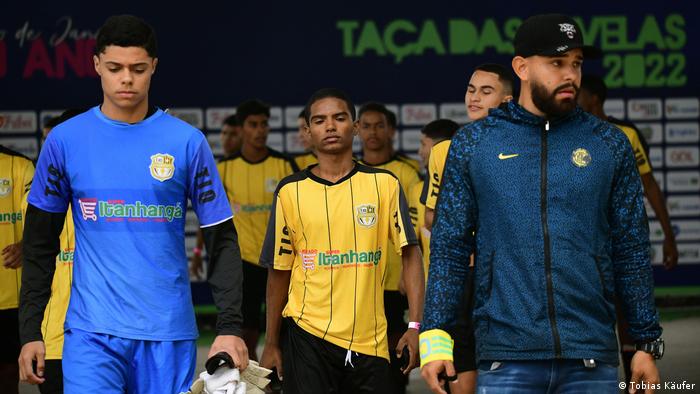
The 'Taca das Favelas' can be a chance for young players to catch the eye of talent scouts
The small stands in the stadium in Rio de Janeiro's Realengo neighborhood are full. Spectators are banging drums, holding up signs and singing loudly, in the heart of Brazil's most famous city.
Anyone who travels here passes by half-built bus stops that should have been finished for the Olympics in 2016. They are just one sign of the state's many unrealized ambitions, a state that promised to use the Olympics to improve living conditions for the people living in the slums here. Instead it just engendered more corruption.
Six years later, the Favela World Cup is taking place here in Realengo. It is a tournament especially for the slums of the city, also known as favelas. There is a similar tournament in Sao Paulo. It's an "Olympics for the poor," a grassroots movement in Brazilian football that has developed a charismatic character of its own.
Local pride
"This is the World Cup of the favelas," defender Julian Henrique Lopes told DW.
When he plays for his favela, Vila Croacia, he goes by the nickname "Hulk", given to him because of his physical stature.
"We give our life for this and we represent our slum," the 18-year-old said proudly.
The tournament is extremely popular and, after a break due to the pandemic, returned this year for the tenth time.
"We are back" is written on the blue signs around the arena. There are no VIP boxes here, just a lot of honest enthusiasm. One of the most noticeable differences to the professional game is that before the game all those involved — from subs and coaches to staff — gets together for a team photo. Everyone is included, everyone plays a part.

The games are always competetive, with local pride at stake
In the small stadium, banners specifically tailored to the audience fly high. The organization that runs the event, the CUFA, also makes its presence felt. It is a message of unity: In this district, a place often neglected by the state, there is untapped potential.
The message is that if the state or the official football association does nothing, then the people here will organize themselves.
An historic accomplishment
"This favela tournament is a chance for young people, and one that should always be there," said Elaine Pereira dos Santos, coach of Vila Croacia. "This tournament is an historic accomplishment," the 40-year-old told DW. "This is the only thing that welcomes people from the favelas."
Sometimes the tournament is also the first step for young talents that eventually go on to play professional football.
Ronaldo Cesar Sores dos Santos was a teenager at one of these tournaments and now he plays for a Bulgarian team, Levski Sofia.
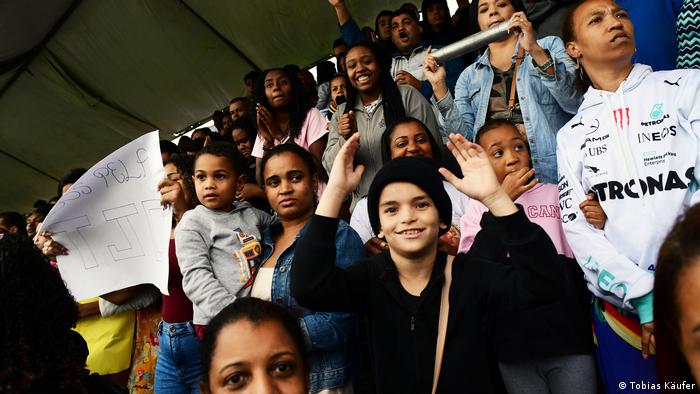
It's not just the players who get involved
"I played in two 'Taca das Favelas'. One when I was really young, just 14 or 15," dos Santos recalls. "The games there were a calm moment, a moment when we were all friends."
The feelings may have been sweet but, the 21-year-old admitted, in sporting terms, they were a tough lesson. "Whoever played badly was dropped."
Today, scouts looking for the next international soccer star attend the games.
Sadly, Vila Croacia only made it to the quarter finals. In Saturday's final, Complexo do Muquico triumphed over CRB Dick 1-0, while the women's final was won by Sapo de Camara, who beat Complexo da Coreia, also 1-0.
This article was adapted from German.







